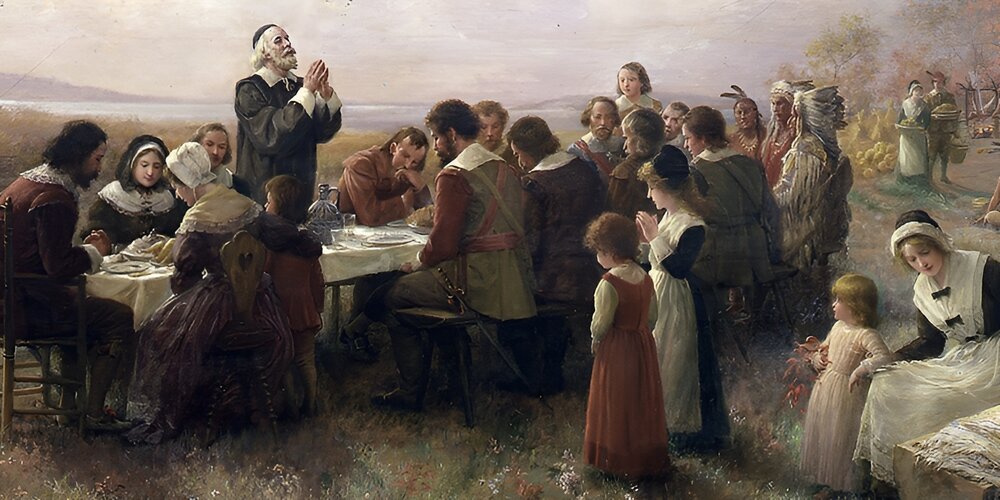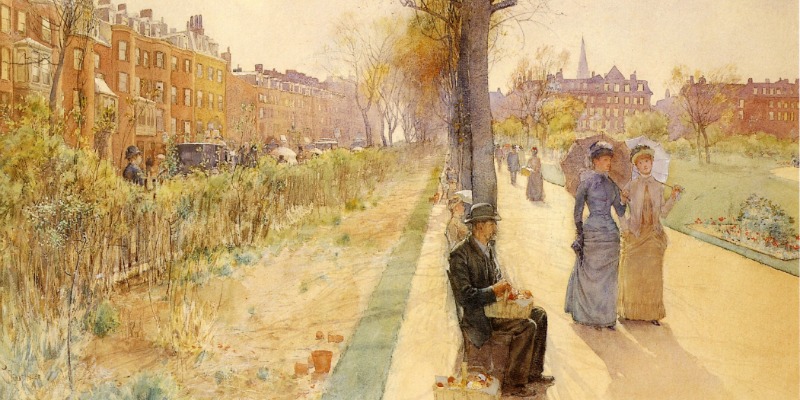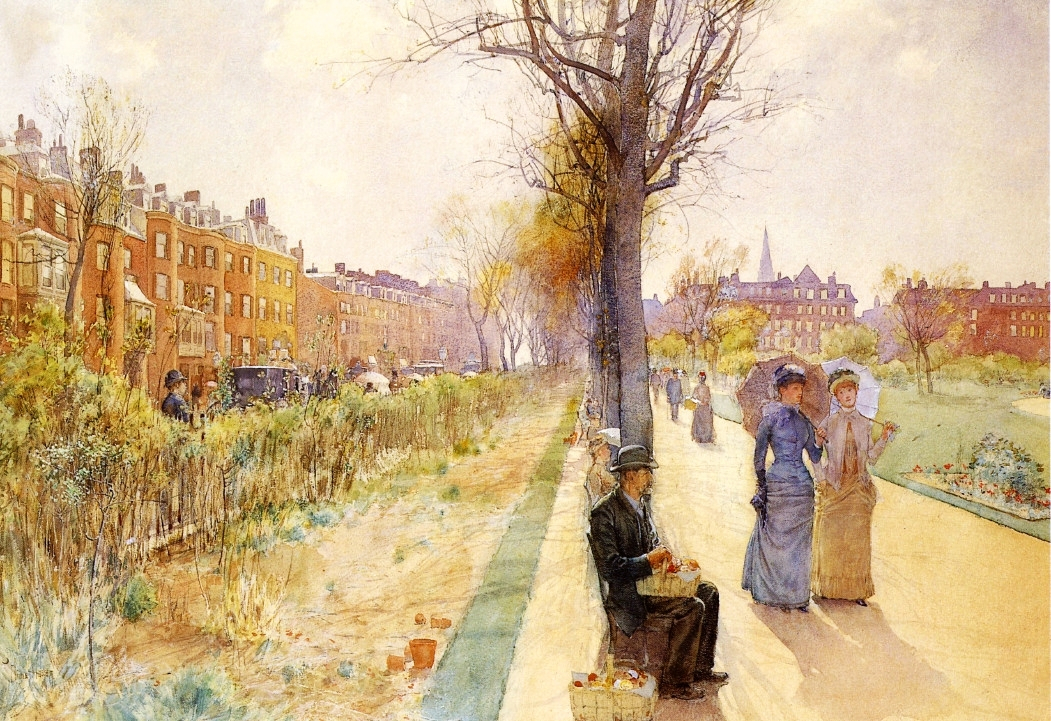For millennia people have given thanks for a good harvest with special ceremonies.
The Thanksgiving tradition in North America—the fourth Thursday in November in the US and the second Monday of October in Canada—has its roots in old England.

Days of thanksgiving started to gain significance in England during the English Reformation. It was a time when there were 95 Church holidays, not including Sundays. This meant that people were required to stop work and attend church 147 days of the year.
Religious reforms reduced the number of Church holidays to 27 but added new “Days of Fasting” and “Days of Thanksgiving”. Disasters like floods, drought, and plagues were marked by fasting, and military successes or national good fortune celebrated with thanks. One such thanksgiving holiday in England turned into an annual affair. Guido Fawkes’ failed attempt to blow up Parliament in the Gunpowder Plot of 1605 was a thanksgiving day that is now known as “Guy Fawkes Day” and celebrated each year on November 5.
It was these fasting and thanksgiving traditions that Pilgrims and Puritans brought with them from old England in the 1620s and 1630s as they settled America.

In 1621, a group of Pilgrims in Plymouth Massachusetts invited local Wampanoag Indians to share a meal with them to give thanks for the first good harvest.
Instead of turkey, it was venison on the menu—provided by the native Americans. Pumpkin pie and sweet potatoes weren’t available yet in New England.
It wasn’t until 1789 that President George Washington announced the first national Thanksgiving holiday.
But before Thanksgiving became an annual holiday nationwide, it took 30 years of campaigning from writer Sara Josepha Hale, (author of “Mary Had a Little Lamb”) and another presidential announcement—this time in 1863 from Abraham Lincoln.
Today, Thanksgiving is a time to be with family and to give thanks.
We have many things to be grateful for in the modern world—just a few are listed below as food for thought.
Happy Thanksgiving to you and your loved ones!
Further Reading
The following content contains Amazon affiliate links, which means we may earn a small commission from qualifying purchases. Thanks for supporting our work.









